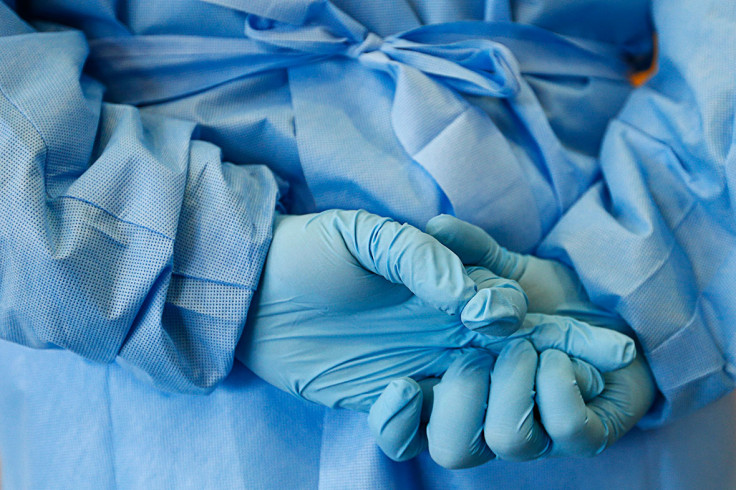Ebola: High Temperature Identified As Risk Factor In Outbreak

Bleeding is rare, incubation period is mostly 6-12 days and people are not contagious in early stages of Ebola, says a study in the New England Journal of Medicine.
A positive correlation was noted between the viral load and the risk of death. While symptoms include fever (in 89% of the patients), headache (in 80%), weakness (in 66%), dizziness (in 60%), diarrhoea (in 51%), abdominal pain (in 40%), sore throat (in 34%), vomiting (in 34%), and conjunctivitis (in 31%), a fatal outcome was associated with weakness, dizziness and diarrhoea.
Temperature was the only vital sign that correlated with survival. A significantly high temperature above 100 deg F at the time of admission led to death. High levels of creatinine, blood urea nitrogen and alkaline phosphatase associated with a fatal outcome showed that vital organs like liver and kidneys are affected.
Virus experts who toured the Sierra Leone region reported their findings based on the first 106 Ebola patients treated in the country.
The study is expected to provide some insight for the rational design of clinical strategies at improving care in Ebola outbreaks.
The handling of diarrhoea and vomit poses a threat of infection to health care workers and cleaners, and precautions should be emphasised in preventive training.
However, health care should focus on treating and improving the survival of patients, rather than merely providing for quarantine.
Basic treatment using antibiotics, antibacterials and paracetamol along with rehydration helped save lives.
Patients who were younger than 21 years of age had a significantly lower case fatality rate than did patients older than 45 years of age.
Dehydration and worsening renal function played a significant role in the progression of the disease.
Genetic similarity across the 2014 samples suggests a single introduction from an animal reservoir, says the study.
Equipment guidelines
The World Health Organization has updated guidelines to suggest only highly trained medical professionals should be taking on the dangerous job of caring for Ebola patients.
Treating Ebola patients does not have to be dangerous, Dr Francis Collins, who heads the National Institutes of Health, said when talking to NBC News. "But it takes a lot of time to make it safe."
The procedure to gear up can take up to ten minutes and has to be done in a certain order to ensure protection and reduce transmission.
The worker first puts on a white Tyvek full-body suit, two pairs of shoe covers, a helmet called a powered air purifying respirator (PAPR or "papper" for short), a "shroud" over the PAPR and head, a two-way radio that is hooked to the belt, two pairs of gloves, taped on using a special trick so the tape can be pulled off easily later, and a yellow gown.
"One of the most dangerous times is when someone is doffing or taking off their gear," said Dr Anthony Fauci, head of the NIH's National Institute for Allergy and Infectious Diseases.
The WHO guidelines emphasise that protective equipment must keep virus out of the eyes, nose and mouth, as well as off the hands.
© Copyright IBTimes 2025. All rights reserved.





















